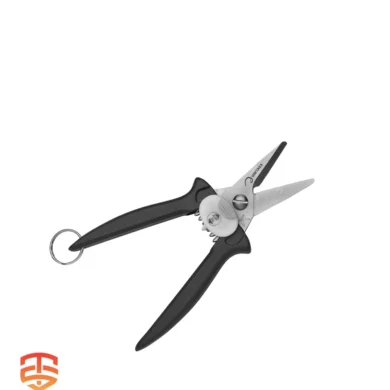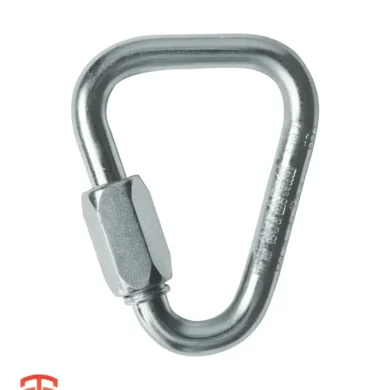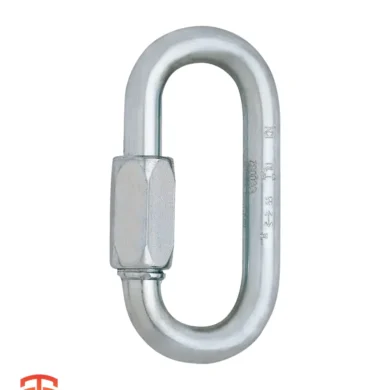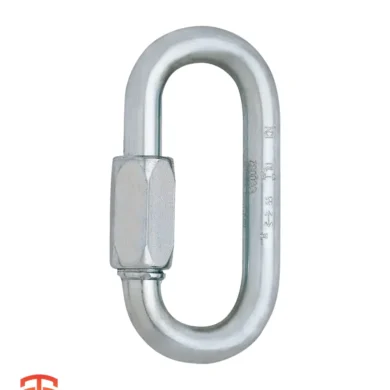Descent & Rescue
In climbing, descent and rescue refer to the controlled and safe movement down from a climbing route. This can involve two main scenarios:
-
Planned Descent (Rappelling): This is the standard way climbers descend after reaching the top of a route or lowering themselves during a multi-pitch climb. It involves using a rope and a descender to control the descent speed with friction.
-
Rescue: This refers to situations where a climber becomes injured or incapacitated on the wall and needs to be retrieved safely. Rescue operations can be complex and involve specialized equipment and techniques depending on the situation.
Here’s a breakdown of key points for each:
-
Planned Descent (Rappelling):
- Requires proper training and knowledge of rappelling techniques.
- Climbers use a descender and a rappel anchor system for controlled descent.
- Familiarity with rope management and communication with belayers is essential.
-
Rescue:
- Should only be attempted by trained professionals or experienced climbers with proper rescue knowledge.
- Various techniques can be employed based on the situation, such as lowering systems or hauling systems.
- Safety of both the rescuer and the injured climber is paramount.
Showing 1–12 of 39 results
-
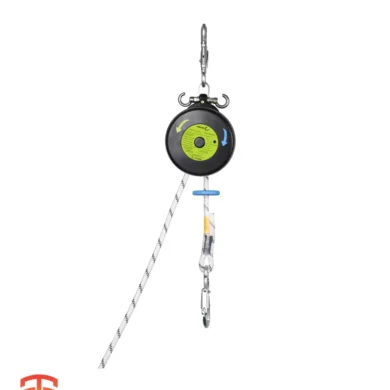
Edelrid Safe Descent 9,8mm | Descent & Rescue device
€ 709,00 – € 1.207,00 Ex VAT Select options -

Edelrid MEGAWATT Descender
€ 139,00 Ex VAT -

Edelrid FUSE Fall-Arrester
€ 154,00 Ex VAT -

Edelrid | Static Low Stretch Rope | 10,5 – 11,0 mm
€ 85,00 – € 386,00 Ex VAT Select options -
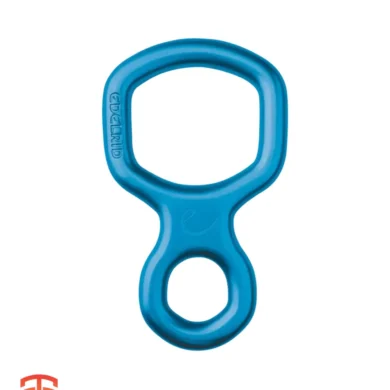
Edelrid BUD Figure 8
€ 14,00 Ex VAT Select options -
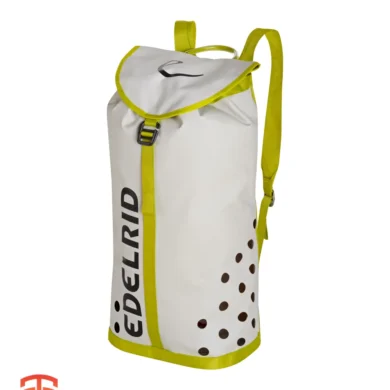
Edelrid CANYONEER BAG 45 Liter
€ 70,00 Ex VAT -
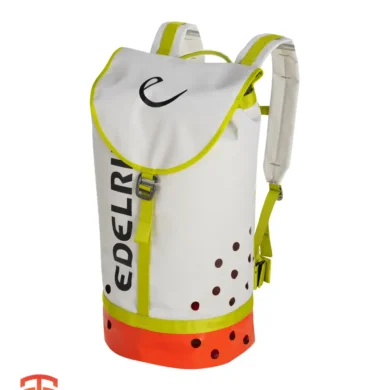
Edelrid Canyoneer Guide 50 Liter
€ 117,00 Ex VAT -
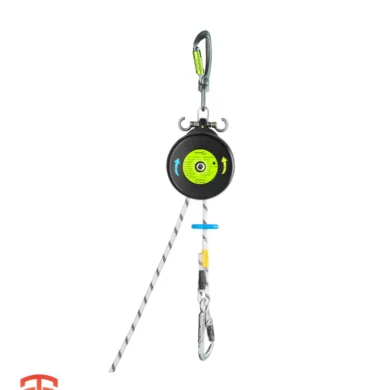
Edelrid Safe Descent Pro | Descent & Rescue device
€ 1.131,00 – € 1.798,00 Ex VAT Select options -

Edelrid DRY BAG L 35 Liter
€ 41,00 Ex VAT -
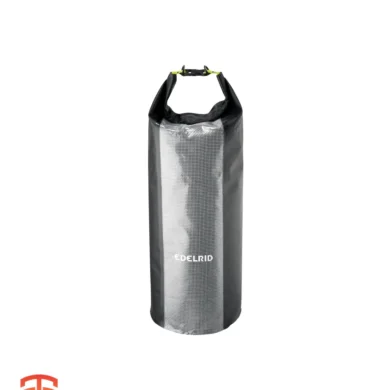
Edelrid DRY BAG M 20 Liter
€ 37,00 Ex VAT -

Edelrid Dry Bag S 5 liter
€ 22,00 Ex VAT -
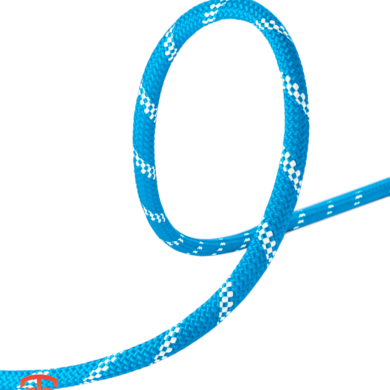
Edelrid ENDURO STATIC rope | 9,5 – 11,0 mm
€ 73,00 – € 380,00 Ex VAT Select options
Showing 1–12 of 39 results
New In
We Recommend
-

Spring Brake System | Primary & EAD zipline brake
€ 98,00 Ex VAT -
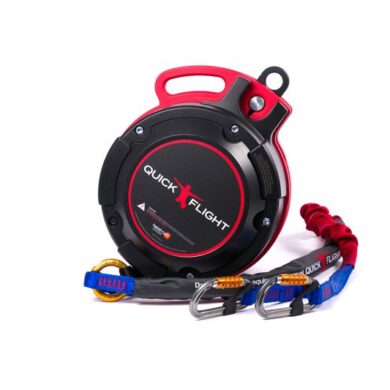
QuickFlight Free Fall Device | 6 – 15,3 meter
€ 4.249,00 – € 4.549,00 Ex VAT Select options -

TRUBLUE iQ Auto Belay | 4,5 – 20 meter
€ 2.799,00 – € 2.999,00 Ex VAT Select options -
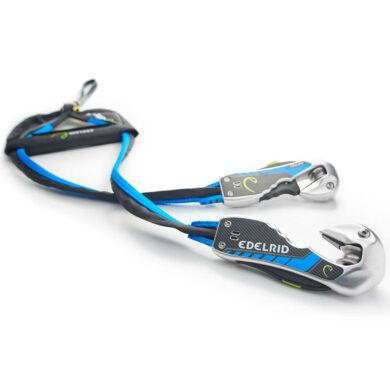
Edelrid Smart Belay X | Magnetic Locking Mechanism
€ 420,00 – € 485,00 Ex VAT Select options

